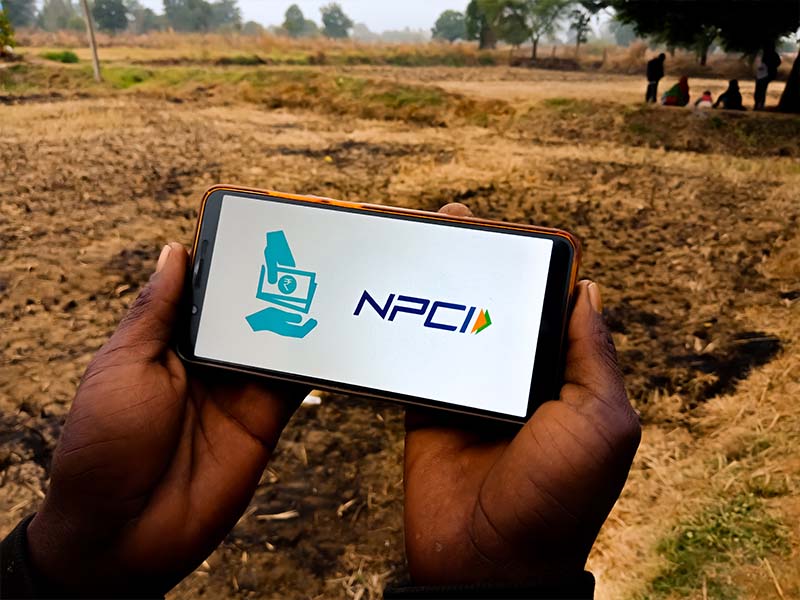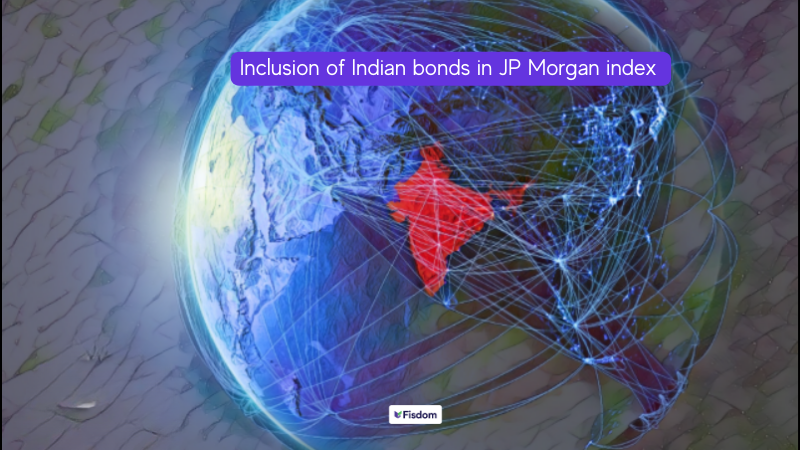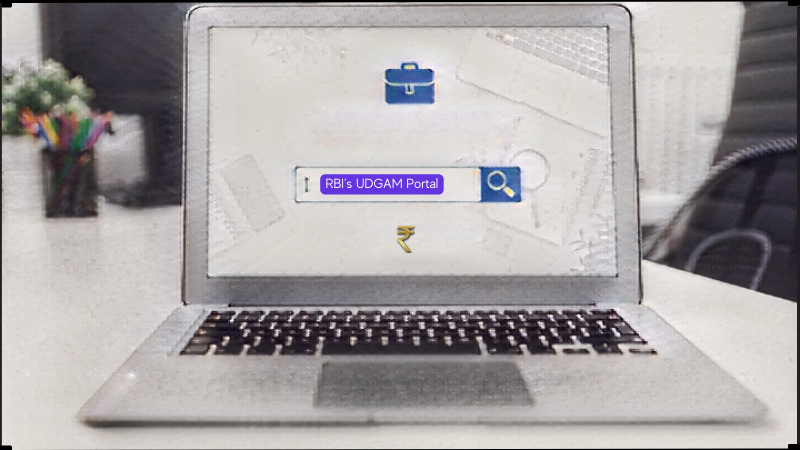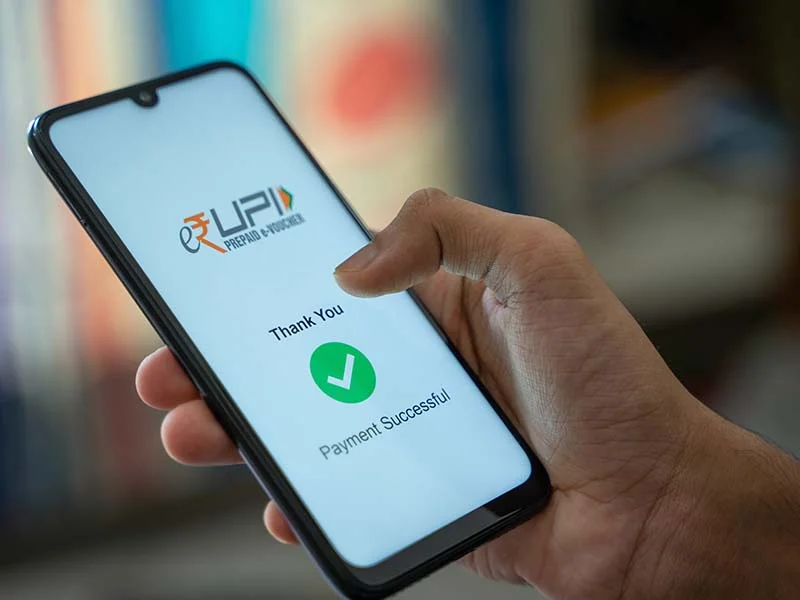
In recent years, the volume of digital transactions has increased exponentially in line with the Digital India view of the Government. The time of demonetization and pandemic has only added to the amount and volume of transactions that are done digitally through various modes of payments. With the increase in the need and the use of digital payments, there needs to be a regulator in place to ensure the safety and security of these digital payments. This is where NPCI comes into the picture.
Read More – Free Demat Account Opening Online
Below is the meaning and a few other details of NPCI.
What is NPCI?
NPCI is the National Payments Corporation of India. It is set up by the Reserve Bank of India (RBI) and Indian Banks’s Association (IBA) under the provisions of the Payments and Settlement Systems Act, 2007. It is a non-profit organization created to operate retail payments and settlement systems in India.
What are the objectives of NPCI?
NPCI was set up with a few core objectives. These objectives are mentioned hereunder.
- The central idea of NPCI is to provide a healthy and robust payment and settlement system for in-person and digital transactions in India.
- NPCI aims at transforming India into a cashless society by increasing its search to the remotest parts of the country.
- The focus of NPCI is to improve and strengthen digital payments and their operational efficiency through various technological innovations and updates.
- This digital payments regulator was initiated by former President Pranab Mukherjee and endorsed by Prime Minister Narendra Modi. It was later framed into a card of choice under the Pradhan Mantri Jan Dhan Yojana.
How does NPCI work?
Here’s how NPCI works:
- Payment Systems: NPCI operates several payment systems such as Unified Payments Interface (UPI), National Automated Clearing House (NACH), Immediate Payment Service (IMPS), Bharat Bill Payment System (BBPS), and RuPay, among others.
- Interbank Transactions: NPCI facilitates interbank transactions by acting as a central clearinghouse for all electronic retail payment transactions in India.
- Settlement: NPCI settles the funds between banks on a T+0 basis, which means that the settlement is done on the same day the transaction takes place.
- Technology: NPCI uses advanced technology and security measures to ensure the safe and secure transfer of funds between banks and customers.
- Government Support: NPCI has the support of the Indian government and is overseen by the Reserve Bank of India (RBI).
- Participation: NPCI allows banks and other financial institutions to participate in its payment systems, provided they meet certain eligibility criteria and comply with its rules and regulations.
Which are the core promoter banks of NPCI?
NPCI was formed with an association of 10 major core promoter banks. These banks are,
- State Bank of India
- Punjab National Bank
- Canara Bank
- Bank of Baroda
- Union Bank of India
- Bank of India
- ICICI Bank
- HDFC Bank
- Citibank
- HSBC
What are the services offered under NPCI?
NPCI offers many products in the digital payments and settlement platform. The details of the sane are provided here.
UPI
UPI is the Unified Payments Interface where multiple banks can be accessed through a single mobile application. It is an instant or real-time payments solution where the bank accounts of the users are linked to a unique UPI ID. It acts as an instant inter-bank payments portal without the need for a third-party wallet or payment gateway and can also be used to transfer funds or make payments to merchants or family and friends.
RuPay
RuPay is the Indian version of Mastercard or VISA where the users are provided affordable prepaid cards, debit cards, or credit cards as per their requirements. It has hugely impacted the way an average Indian transacts their finances, especially the rural sector of the country as the card is linked with various either Government benefit schemes like Pradhan Mantri Jan Dhan Yojana, Atal Pension Yojana, Etc. Since its launch, there are over 300 million RuPay cards active today in India and some can be used internationally too.
IMPS
IMPS refers to the Immediate payments system where funds can be transferred or received in real-time unlike NEFT or RTGS with limited banking hours. The users only need the mobile number of the beneficiary to transfer the funds or use the traditional mode of payment through banks where the bank account and the IFSC codes are required as well.
Bharat BillPay
Bharat BillPay is a centralized payment gateway that can be used by the users as a one-stop payments portal for all bills (DTH, recharge, utilities, school fees, or other financial transactions). Bharat Bill Pay uses various payments channels and mods like internet banking, mobile banking, UPI, ATMs, KIOSK, mobile wallets, cards (debit or credit or prepaid), etc.
Bharat QR
Bharat QR is a unique payments system where the user can scan the unique Bharat QR code of the merchant or another user to make payments or transfer funds. This QR code is a unique grid-like arrangement that is specific to every user and can be scanned using the camera of the phone to make payments through the available modes like UPI, cards, net banking, etc.
BHIM
BHIM (Bharat Interface for Money) is similar to UPI and allows the users to make transitions through their UPI Id. BHIM allows the users to send or receive money, scan and make payments, set privacy limits, or split bills, etc.
BHIM Aadhar Pay
This is another real-time payments portal using the Aadhaar number or VPA where the payments are authenticated using Aadhar biometrics. The maximum limit to such transactions is Rs. 10,000 per transaction.
AePS
This is an Aadhar enabled payments service where the payments or transfers are allowed with the help of Aadhaar authentication at any PoS of the bank or retail merchant. The user has to provide the basic details like the bank account, Aadhar number, biometrics like a fingerprint to authenticate the transaction and complete it.
APBS
This is another Aadhar based payment service used by the Government and Government agencies to transfer any benefits to the citizens under various welfare schemes without the interference or involvement of any intermediary.
NACH
NACH is the National Automated Clearing House used to make interbank high-volume transactions that are of repetitive nature like salary or pension credits, dividend payments, subsidy credits, etc.
NETC
NETC is National Electronic Toll Collection which allows the users to make toll payments using FASTags and also acts as a clearing house for settlements and disputes.
*99#
This is another form of payments and banking service designed to reach the remotest parts of the country using the telecom network. It works on USSD i.e., Unstructured Supplementary Service Data. Earlier only MTNL and BSNL were used for this service but it now includes about 11 telecom service providers. The users need to dial ‘*99#’ from their mobile phones and transact using the interactive menu displayed on the screen. It allows the users to send and receive money, change UPI PIN, check their account balance, etc.
Conclusion
NPCI has revolutionized the way an average Indian carries out banking transactions or makes payments. This use and reach of the various payment modes under NPCI are extensive to ensure that every person in the country can benefit from them and can help in making the vision of Digital India in reality.
FAQs
Users can link several bank accounts to the same UPI ID depending on the guidelines of the individual banks or PSPs.
No, UPI can now be used without an internet facility on non-internet-based mobile devices in the form of *99# service.
NPCI was formed in the year 2008 as a non-profit organization to operate and regulate retail payments and settlement systems in India.
Funds transfer through UPOI can be done through any of the following modes,
Send or receive funds through virtual id
Send or receive funds using bank account number and IFSC code
Send or receive funds using Aadhaar Card
Yes. NPCI can directly or through a third party conduct an audit of the UPI participants and request for their data, information, and records regarding their participation in UPI



























